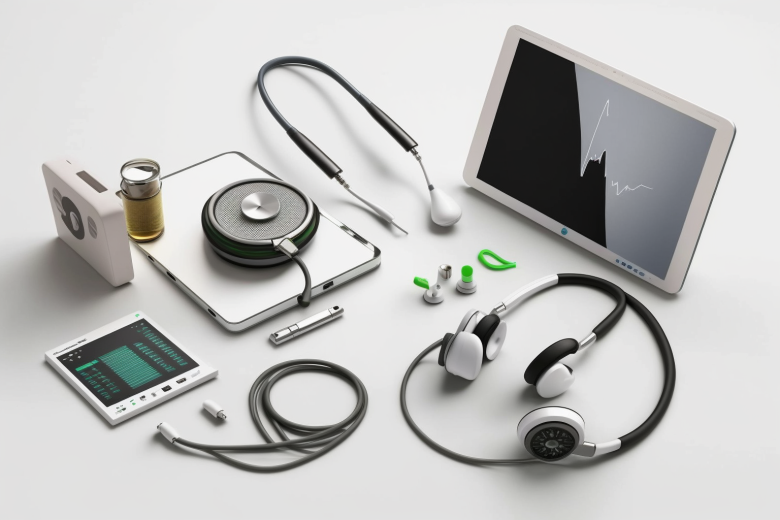
The rapid digitisation and decentralisation of legacy finance happened simultaneously and was only exacerbated by the lockdown measures of the Covid pandemic. Success stories like Starling and Monzo aimed to disrupt the legacy systems and usher in a new age of user-first experiences.
The healthcare industry has experienced its own (somewhat less streamlined) digitisation process since the UK’s first national lockdown last March. Pre-pandemic, ~90% of GP appointments were in person, compared to ~90% being made online just a couple of months into lockdown.
So what can healthtech companies do to make the most of this growing trend towards digitisation? Partly inspired by a recent Med-Tech News article, here we provide three useful tips on where to start.
Find your product/sector’s point of friction and exploit it. A great example given by Med-Tech News’ article is Monzo. The company noted that people really don’t like spending their lunch break waiting in a queue at the bank – enter Monzo, the branchless online bank with 24/7 customer service.
Similarly, I’d wager most people don’t enjoy a visit to the doctor’s waiting room either. Sitting an in stuffy room full of sick people and waiting an unspecified length of time for your (probably well-overworked) GP to announce your name is not at the top of anyone’s to-do list. Companies that can provide remote consultations and online booking systems will help reduce these unnecessary time sinks, therefore disrupting the existing legacy system.
Gone are the days where the corporation reigned hierarchically supreme, nowadays most companies put the user/consumer first – and they make sure the user knows this. Take Amazon’s next-day Prime delivery service, or Monzo’s 24/7 customer support line, for example.
User experience is the name of the game and if you provide a superior experience your solution is bound to disrupt a market that otherwise relies on legacy processes.
Let’s return to our doctor’s waiting room example. Traditionally, patients are expected to phone up, book an appointment, turn up to the surgery, wait, see their GP, then travel back home. This means the patient (user) has to: relocate, waste an undetermined length of time for their appointment, and then travel back home afterwards.
In my experience, this can turn a 15-minute consultation into an hour-long procedure. Services like MyGP – the system my local surgery service uses – go a long way to cutting down the friction elements of this experience. The system allows for the user to remotely submit their symptoms to their GP, who then (typically very quickly) replies via email/text, and will call you in for further consultation if necessary.
The benefits of this user-first accessibility are threefold:
Hidden among the many fintech success stories lurk a number of notable failures. Take LA-based digital bank, Dave, for example.
Last year the firm was the subject of a cyber attack that resulted in millions of users’ personal details being traded on the dark web. This data included names, birthdays, and addresses.
This is of real concern to the healthcare sector. Most of the data submitted by users – be that patients or healthcare professionals – is highly sensitive information. People have come to expect absolute security from their healthcare providers, so are likely to demand that they can fully trust any integrated service healthcare uses in a similar way.
The inexorable march towards healthcare digitisation is only bound to ramp up in terms of proliferation and ubiquity in the post-pandemic world. Digital experiences – or rather, minimising unnecessary human contact – are starting to become well engrained in the public’s psyche.
The risks are evident but, with careful implementation, the world of healthcare is heading towards a far more streamlined and accessible future than ever before.
Pre-pandemic, 90% of GP consultations took place face-to-face. Just two months into the first national lockdown, 90% were done remotely. The digital triage service provided by my employer has seen a 290% increase in eConsults since the pandemic.